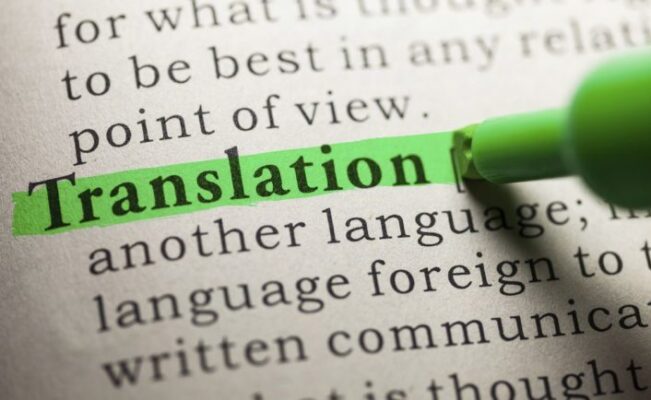Stages of translation
What are the correct stages of translation in a multilingual documentation project? It’s important to consider this at the outset, so you can plan, and schedule, accordingly. QuickSilver’s integrated approach to translation removes all of the obstacles and worries that often characterise the translation process.
Decide which languages you need
So, do you really need your website in 12 languages? Which markets are you going to? How big is each of your markets potentially? In other words, will it make a real difference to your bottom line if you only translate into three languages?
Decide who the internal reviewer will be (one per language)
Send a translation to three different people and you’ll get three different reactions! Therefore, our recommendation is to choose one reviewer per language and let him/her take all linguistic decisions in that language.
Moreover, if you don’t have an internal reviewer for one of your languages, you are effectively allowing your agency ‘free rein’ over the translation. If you have a relationship with your agency, that’s fine! On the other hand, if this is a new supplier, there can be a risk.
For more information: The role of the internal reviewer
Select a supplier which fits the bill
Above all, make sure you select a supplier who can:
- handle all languages
- manage large volumes within tight deadlines
- has some sort of quality certification
- works in multiple languages
- is responsive and communicates well

In conclusion
In summary, QuickSilver’s integrated approach to translation removes all of the obstacles and worries that characterise the translation process.
From deciding which language to use in your initial document, all the way through to producing a print-ready, translated version — you can be confident that QuickSilver Translate offers the highest quality, most cost-efficient solutions.

